Question ID: 1000-12709-0-3-4-5
Recipe Description
For equipment, you'll need: A scaleA bowl A large pan (I used a large steam kettle, like a restaurant might have.) A large spoon, for stirring A food processor (or a knife, if you don't mind chopping your ginger by hand) And for ingredients:1 kg corn syrup solids or dextrose1 kg brown sugar 400 g ginger root200 g lactose (milk sugar) 20 g vanilla flavouring A ginger bug or brewers yeastAnd some corn sugar or dextrose for priming. I'll update the amount needed when I finish the batch. If you can't wait to find out, simply google "priming sugar calculator" and use it to figure out a precise amount.
Scale out each ingredient and reduce your enemies- er, I mean ginger root, To a pulpy mash in the food processor.
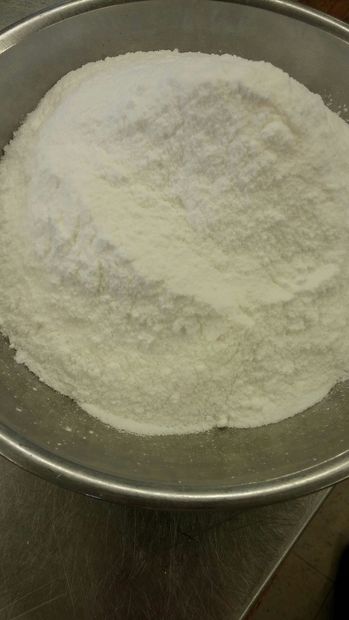
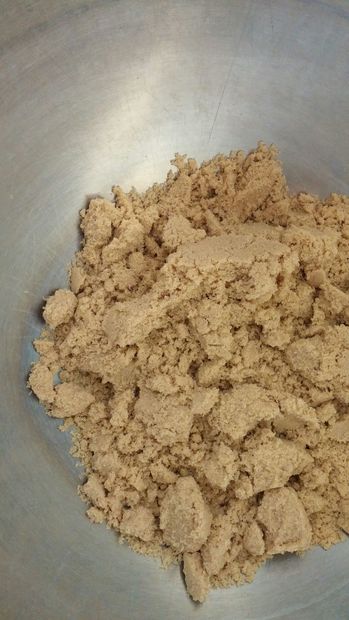
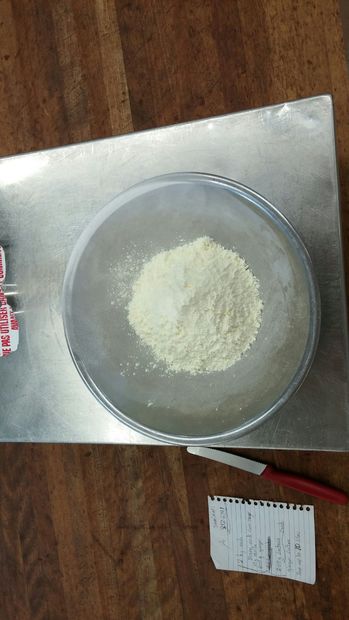
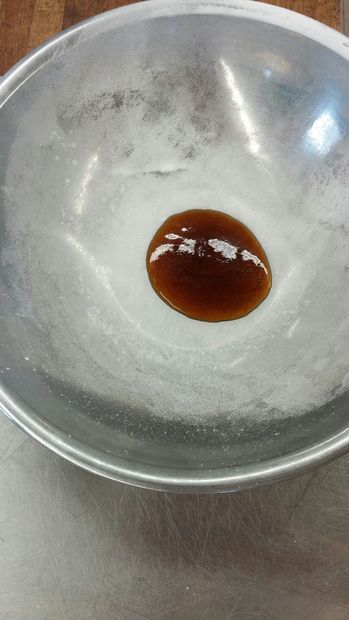
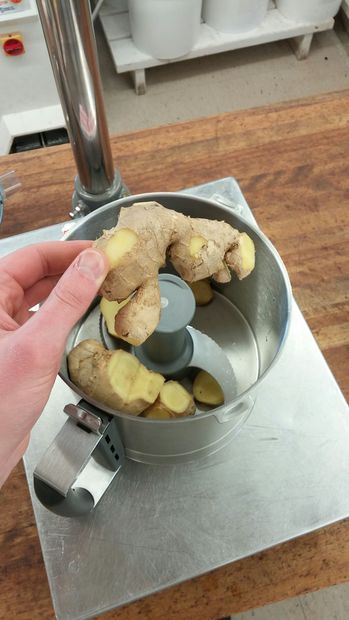
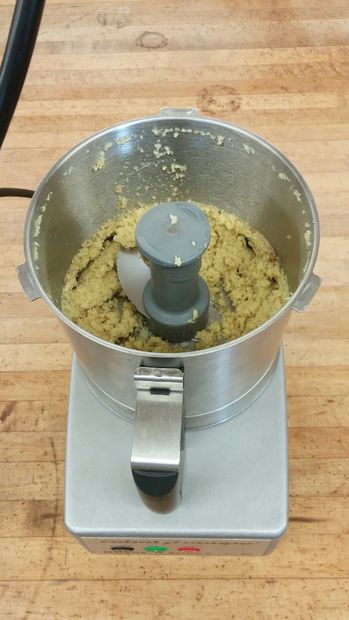






Put all your ingredients (except for the ginger bug culture and priming sugar) together in a large pan and add 3 liters of water. Stir the whole mixture and turn up the heat! Once it reaches a boil, let it cook for another 5-10 minutes and then remove from heat.
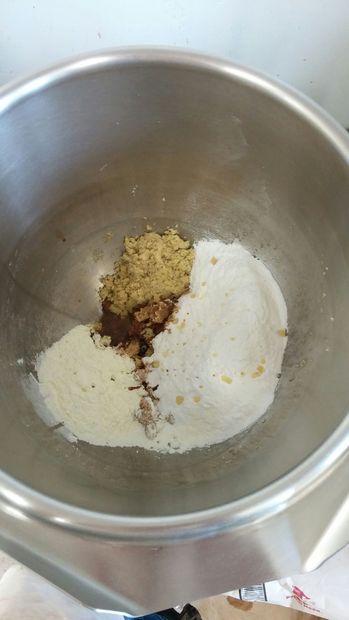
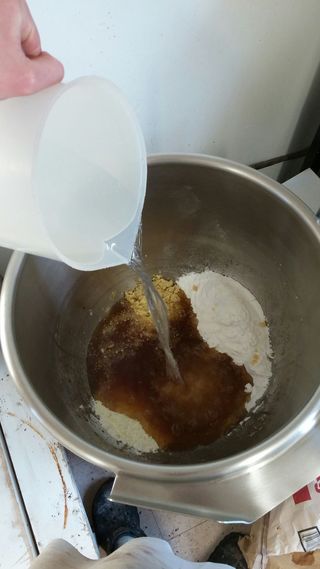
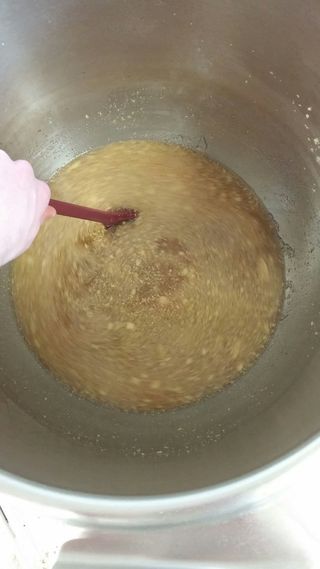
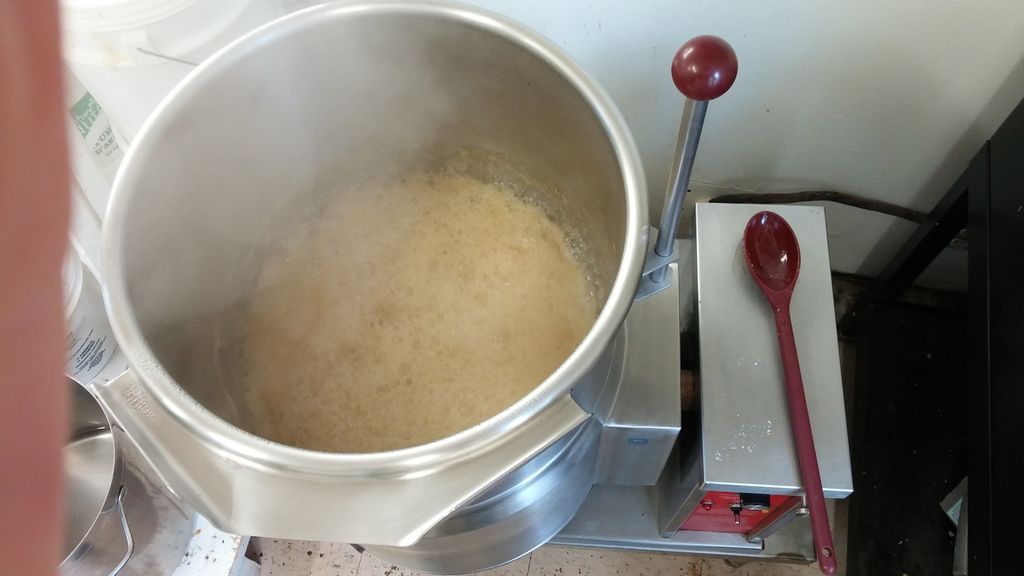




Once your brew has cooled down a bit you can transfer it to an 11 liter pail and add enough water to bring it up to 10 liters. Add your ginger bug (or pitch your yeast, whichever you're using) Close the pail with an airtight lid that's fitted with an airlock to prevent any dust or bugs from getting in while still letting the CO2 escape. (if you don't have an airlock, don't seal the pail tight; leave a crack for the pressure to escape.) Leave the brew in a warm place to ferment for 7-14 days
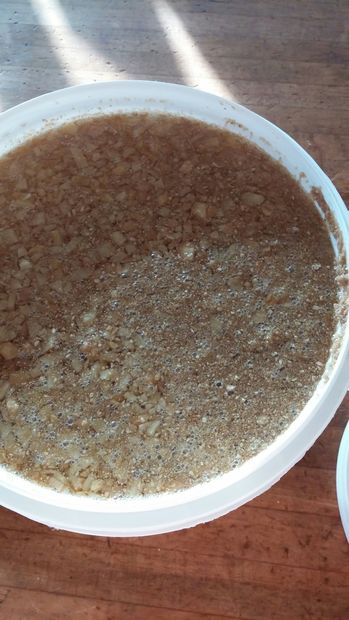
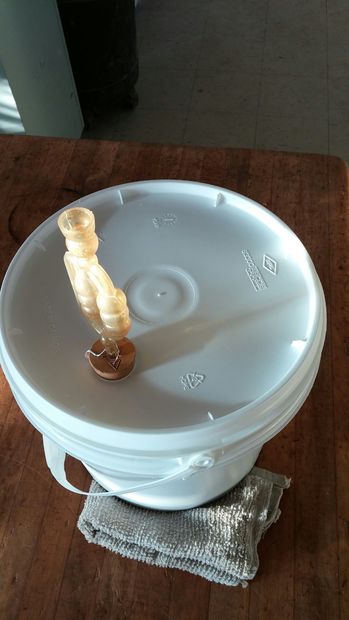


Once your brew has completely stopped fermenting, cold crash it in the fridge overnight to force any sediment to the bottom. Once it's thoroughly settled, use a narrow hose to siphon the liquid off. Be careful not to get too much of the sediment through the hose.If you don't have the hose for the job, you can pour the liquid into another pail leaving the sediment behind. You may have to repeat this step once or twice to get your brew more clear. You can save the slurry from the bottom to ferment your next batch with.
Take 500 ml of your brew and put it on the stove to heat, then mix in your priming sugar. Once it's fully liquefied and hot, remove from heat and mix in another 500 ml of the brew to cool it down. Add the priming liquid to the whole batch and stir it in. Now fill your bottles! You can use a pail with a spigot or you can pour the brew through a funnel. Cap your bottles and store them in a dark place.
After 7-14 days, your Ginger cream ale should be carbonated. Refrigerate and carefully pour into a frozen glass. Remember to leave the last mouthful in the bottle because there will be a little sediment. Sit back and sip, reap the rewards of your labour! Your brew should continue to improve for about two months after bottling. I'll add more photos when I finish this project.
Question & Answer
Question: Choose the best title for the missing blank to correctly complete the recipe.
Equipment and Ingredients
Beginning Your Fermentation
Cold Crashing and Racking
____________
Choices:
(A) Ginger Ale
(B) Getting Pectin
(C) Bottling
(D) Ingredients
 (C) Bottling
(C) Bottling